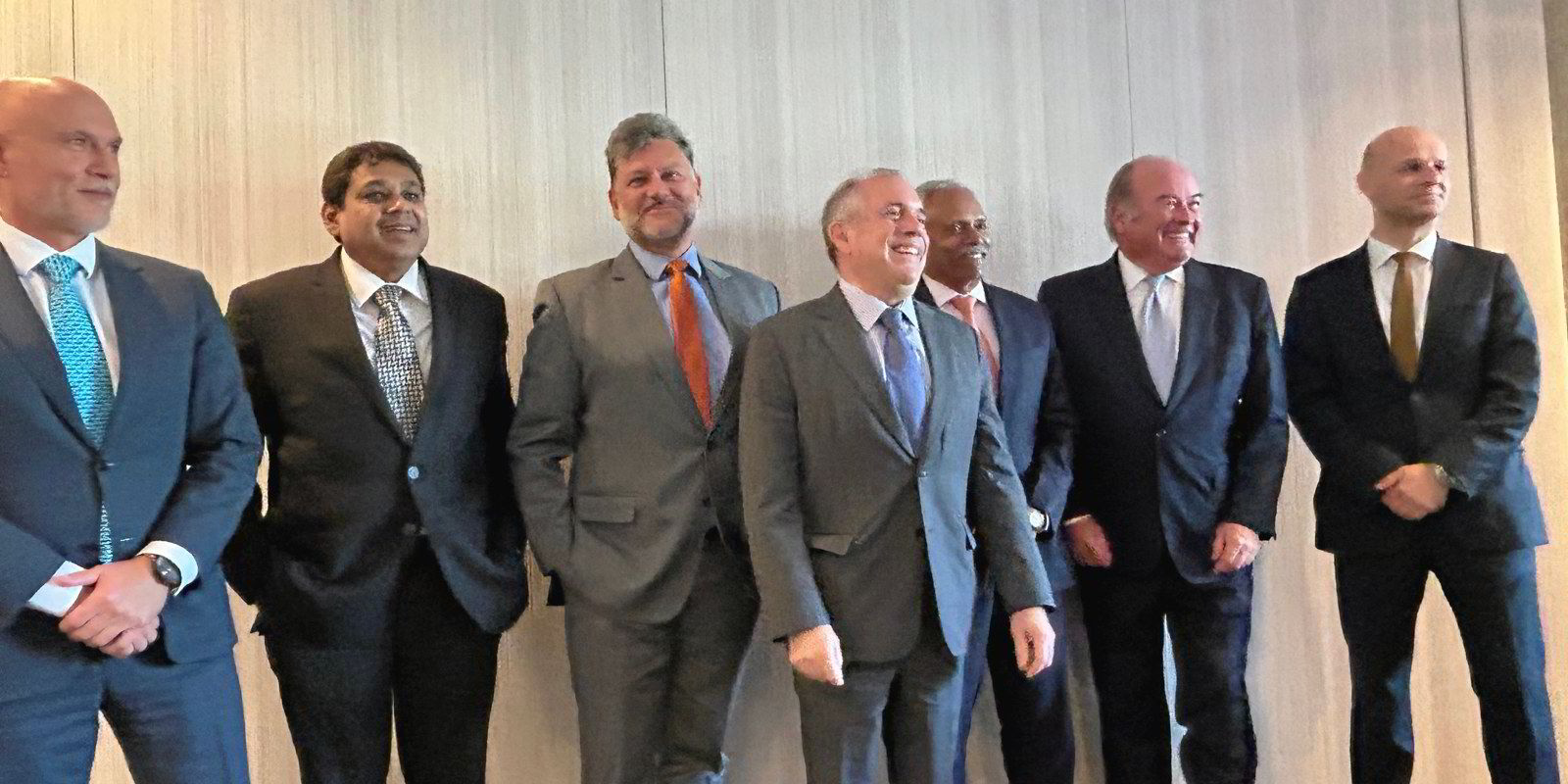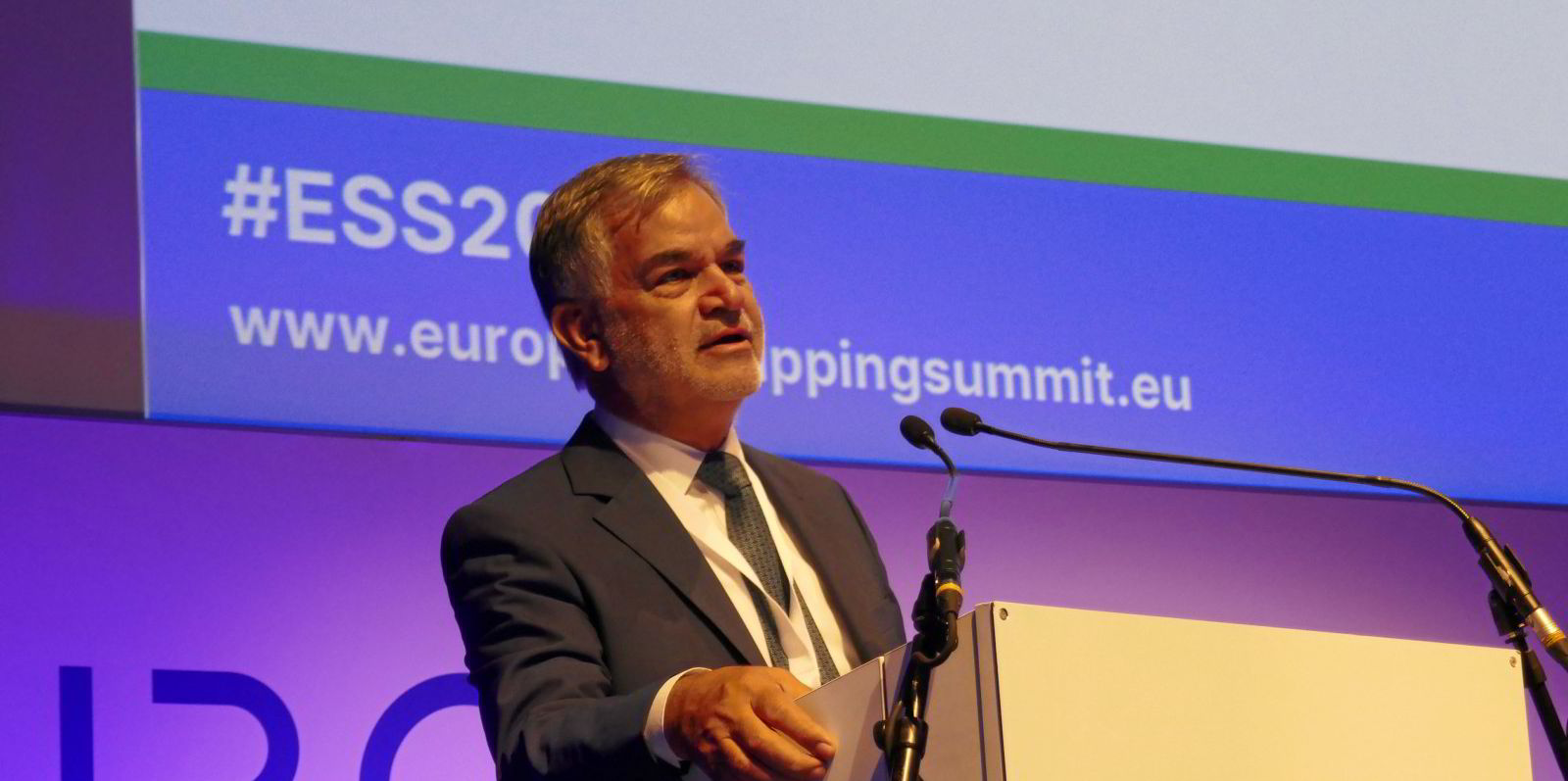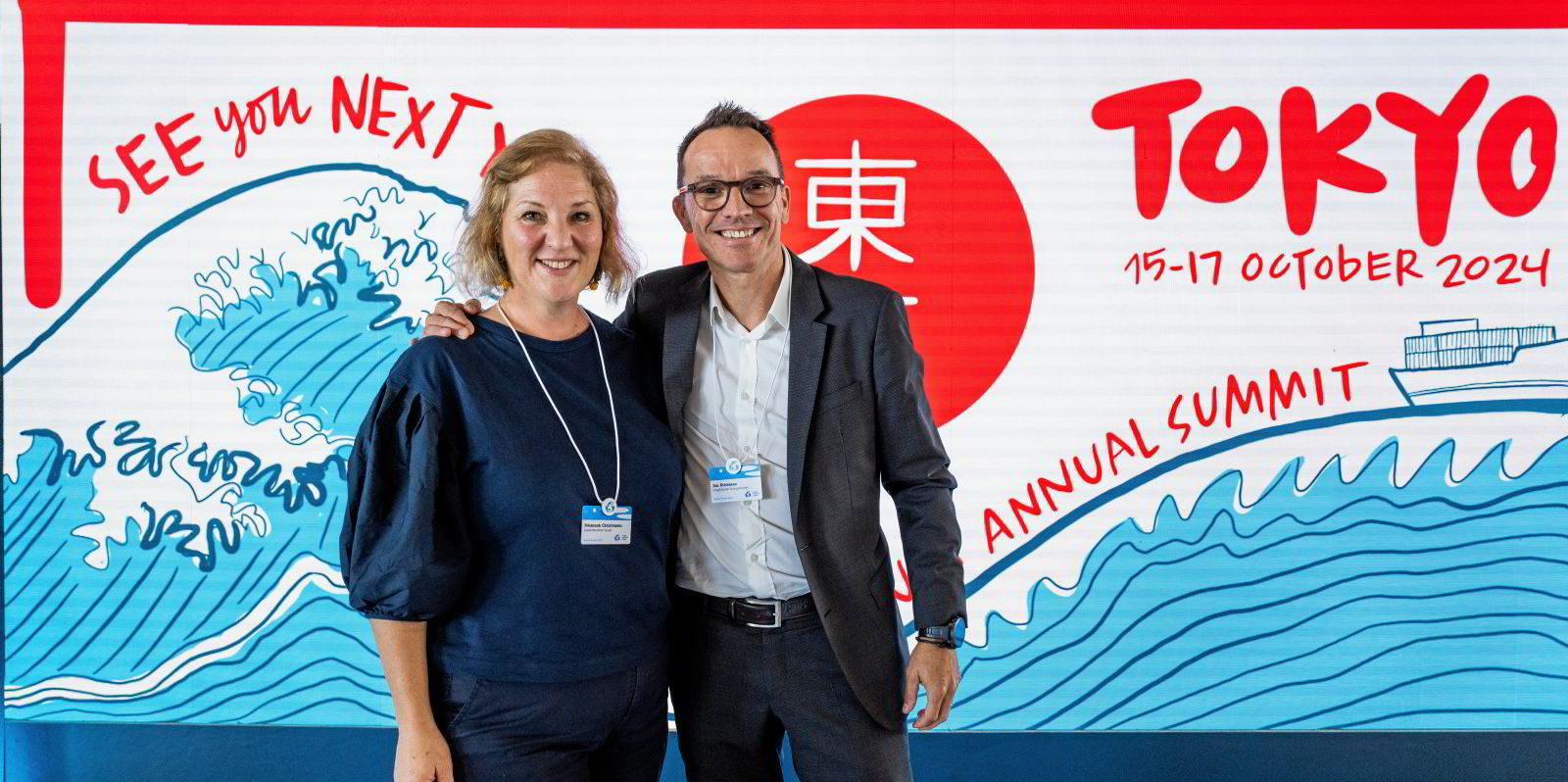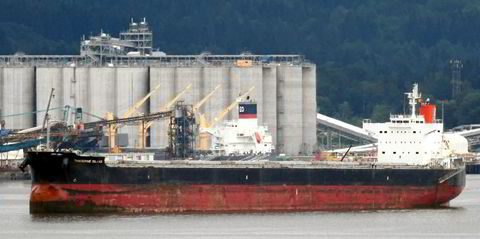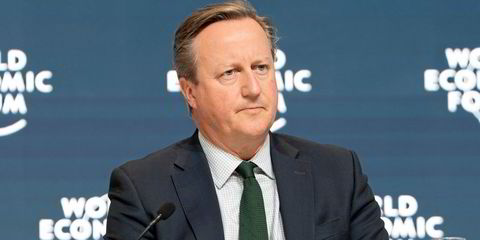Shipping players keen to join forces in the face of regulatory uncertainty, as well as some changes in membership terms, have boosted the fleet represented by Intercargo.
The dry bulk owners’ association counts 159 full and 92 associate members as of August, up from 147 full and 86 associate members in the same month last year, according to Intercargo’s latest annual report.
The majority of full members (96) come from Greece. Their updated list includes some heavy-hitting names that did not feature previously, such as Thenamaris ConBulk and Enesel Dry.
Cetus Maritime from Hong Kong and US-listed Globus Maritime also joined.
The growth is even starker in terms of registered ships, the number of which jumped by around one-third to about 3,300. To a large degree, this stems from a change in membership terms under which full members are now registering their entire fleets with the association.
With more than 300m dwt of ships registered — twice the tonnage it had four years ago — Intercargo claims to represent a third of the global dry bulk fleet.
Apart from active marketing to attract new members, Intercargo’s leadership attributes the increase to shipowners’ tendency to come together in the face of regulatory uncertainty.
“There is strength in union,” Intercargo technical committee vice chairman Dimitris Monioudis commented at a press conference in Athens on 24 October, after the association’s annual meeting.
Association vice chairman Spyros Tarasis said: “Synergies are needed now to go forward.”
Intercargo chairman Dimitris Fafalios identified Asia as a market with potential for further growth. At the moment, just about 30 full Intercargo members come from that continent.
Facing decarbonisation
Decarbonisation is the most pressing challenge, with many Intercargo members finding themselves swamped in a “sea of regulations”, in Fafalios’ words.
Intercargo reiterated on Tuesday its backing of the International Maritime Organization’s revised decarbonisation goals.
Fafalios estimated that operational measures will very likely allow the industry to meet, or even exceed, short-term emission cut targets by 2030.
Carbon capture, in particular, is seen as a promising area.
“We’re going to have a lot of developments ... you’ll be surprised,” Fafalios told the press conference.
He estimated that within the next five years, there will be carbon capture systems a lot more applicable to bulk carriers than current designs, which consume as much as one-third of a ship’s installed power.
Carbon capture may not be a game changer, but it will certainly be a significant factor in making existing ships greener.
“The existing fleet is not going to go away,” he said.
However, Fafalios is far less optimistic about a separate IMO target for a 5% take-up of green fuels by 2030.
“Let’s get real: You can’t achieve decarbonisation without putting obligations on other stakeholders in the chain ... shipowners cannot be liable for this alone,” he said.
“The reason why every so often we have to calm down the decarbonisation debate is that we have to give time for the shore-side to catch up.
“The shore-side in terms of supply and distribution and safety of the fuels is probably 10 years behind us.”
